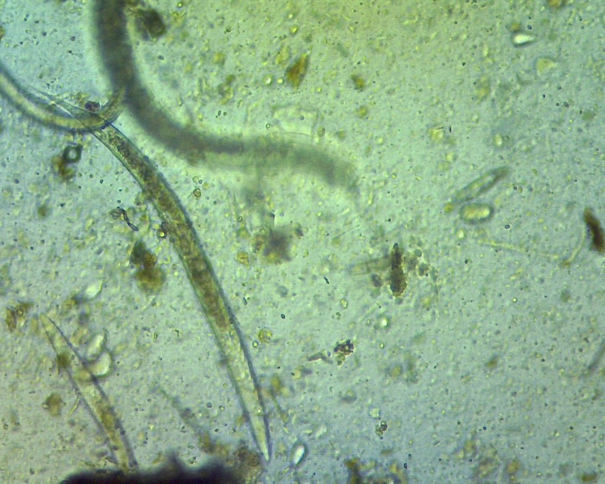

Ribwort Plantain
Plantago lanceolata
Ribwort plantain is a perennial herb species flowering between April and August, pollinated by the wind, beetles and flies.
The dark green leaves are tightly packed at ground level and have deep veins, which originated the name 'ribwort'.
It has small flowers grouped in a spike at the end of a long stem. Ribwort Plantain is widely distributed in Europe and North Asia, and can be found in disturbed areas and along the road.
The plant has been used as traditional medicine since historical age, its leaves are used as tea or for external treatment for skin problems.
Traditional Uses
- Leaves of Ribwort Plantain are used externally to treat wounds1
- In traditional medicine Ribwort Plantain is used as mucilage drug against dry cough caused by pharyngitis2
- Infusions of Ribwort Plantain leaves are used for curing stomach spasms (sedative action)3
Identification
- Ribwort Plantain has traditionally been regarded as a mucilage drug
- Extract from Ribwort Plantain have revealed several effects as anti-inflammatory, antioxidant, antibacterial, immunostimulant, antitoxic and pro-coagulant effects 4,5,6 (in-vitro)
- In addition, spasmolytic and antiviral effects have been described for pure compounds of this plant
- Pressed juice and aqueous extracts of Ribwort Plantain showed antibacterial effects against Staphylococcus, Salmonella and other bacteria (in vitro) 7,8
Uses
- The leaves contain mucilage, tannin and silic acid. Heated, they are used as a wet dressing for wounds and swellings
- Leaves extract or syrup of Ribwort Plantain are used for internal use as a mucilage in the treatment of irritations of oral and pharyngeal mucosa and associated dry cough 9,10
Precautions
None suggested.References
- Brӧndegaard VJ. Wegerich als Wundheilmittel in der Volks- und Schulmedizin. Sudhoffs ArchGeschichte Med Naturw, 1963, 47:127-151.
- Loew D, Schrödter A, Schilcher H. Phytopharmaka bei katarrhalischen Erkrankungen der oberen und unteren Atemwege. In: Phytopharmaka III. Forschung und klinische Anwendung. Eds: Loew D, Rietbrock N., Darmstadt: Steinkopff 1997.
- Tammaro T, Xepapadakis G. Plants used in Phytotherapy, cosmetics and dyeing in the Pramanda district (Epirus, North-West Greece). J Ethnopharm 1986, 16:167-174.
- Paper DH, Marchesan M. Spitzwegerich (Plantago lanceolatae L.). Inhaltsstoffe, Analytik, Pharmakologie, Standardisierung. Z Phytother, 1999, 20:231-238.
- Büechi S, Wegener T. Spitzwegerich (Plantago lanceolata). Neue Erkenntnis zu einem alten Heilmittel. Schweiz Zeitschr GanzheitsMedizin, 2005, 17:167-170.
- Vigo E, Cepeda A, Gualillo O, Perez-Fernandez R. In-vitro anti-inflammatory activity of Pinus sylvestris And Plantago lanceolata extracts: effect on inducible NOS, COX-1, COX-2 and their products in J774A.1 murine macrophages. JPP , 2005, 57:383-391.
- Haznagy A. Recent results with Plantaginis folium. Herba Hung, 1970, 9:57-63.
- Cáceres A, Girón LM, Alvarado SR, Torres MF. Screening of antimicrobial activity of plants popularily used in Guatemala for the treatment of dermatomucosal diseases. J Ethnopharm , 1987, 20:223-237.
- Kraft K. Therapeutisches Profil eines Spitzwegeric hkraut-Fluidextraktes bei akuten respiratorischen Erkrankungen im Kindes- und Erwachsenenalter. In: Loew D und Rietbrock N (eds) Phytopharmaka III. Forschung und klinische Anwendung. Darmstadt 1997, 199-209.
- European Medicine Agency: Assessment report on Plantago lanceolata L., folium
- from: http://www.ema.europa.eu/ema/